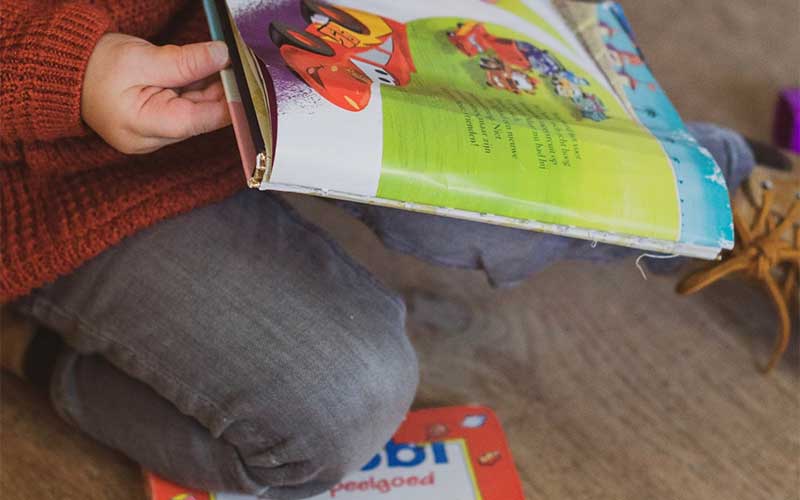
27 Feb What to do when you find that your child is w-sitting – alternatives
As written in a previous article: “the ability to sit properly is important”. Teaching sitting tolerance should be introduced at the earliest opportunity possible. This statement is true for all children, not just those with an autism spectrum disorder.
W-sitting is another topic that I have blogged about and whilst a young child finds it very comfortable sitting in this way learning alternative sitting options is very important for the child’s development.
Once a child has masted the correct way of sitting (on the floor or on a chair) – so many other problem areas can magically disappear. A child that can sit property and that has good sitting tolerance can toilet train with greater ease, they can enjoy their mealtimes with their family. The engagement into social situations become easier and so do haircuts and dentist visits. The benefits are endless!
Let’s look at what you could do when you find that your child is w-sitting – the alternatives:
- Playing in a deep squat can be fantastic for good balance challenges.
- The half kneel playing or learning positioning means that the child positions themselves with one foot tucked under and the other foot flat on the ground.
- Elevating the Floortime activity means that the child needs to get out of the w-sitting position to complete the activity. This can easily be done with the introduction of a lowish activity table.
- The side sit floor play seating position– this is also called the tripod sit or ring sit position. In this position both knees are bent, weight is shifted to one hip, and both feet are out to the same side.
- The cross-legged floor play seating position – in this position (which is very common) children sit with feet crossed and knees apart.
- The long-sit floor play seating position – this is when the child has their back supported by a wall or steady surface and they stretch their feet straight out in front of them.
- The short-kneel playing position – is when the child sits back against their own heels in a folded kneeling position with their feet tucked together under their own bottoms.
- Tummy lying can also be encouraged if the activity will allow for the child to be that low on the floor
- Hands-and-knees on the floor (almost like crawling) can be another way that the child can engage in play. This position also gives them movement space so it is great for little boys that want to play with cars and truck and push or full them around the room.
Breaking the w-sitting position habit can be very hard – especially when the child is autistic and w-sitting. Consistently encouraging your child to change their position is the only thing that works. That and getting everybody that works with your child is on the same page.
In my home I have a tag-phrase which is: “sit properly Madi” and everybody that sees her w-sitting, will say the exact the same phrase to her. “Sit property Madi”. She understand this and when we ask her and she is distracted by a game, a toy or her iPad we will touch her knee when we say it and she will instantly move into a different position. As time has gone by Madi now spends longer period sitting in alternative positions to the “w”.

